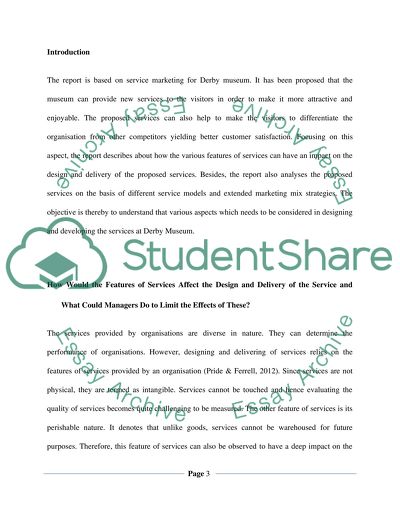Cite this document
(“Developing service Assignment Example | Topics and Well Written Essays - 2000 words”, n.d.)
Retrieved from https://studentshare.org/marketing/1477697-developing-service
Retrieved from https://studentshare.org/marketing/1477697-developing-service
(Developing Service Assignment Example | Topics and Well Written Essays - 2000 Words)
https://studentshare.org/marketing/1477697-developing-service.
https://studentshare.org/marketing/1477697-developing-service.
“Developing Service Assignment Example | Topics and Well Written Essays - 2000 Words”, n.d. https://studentshare.org/marketing/1477697-developing-service.


